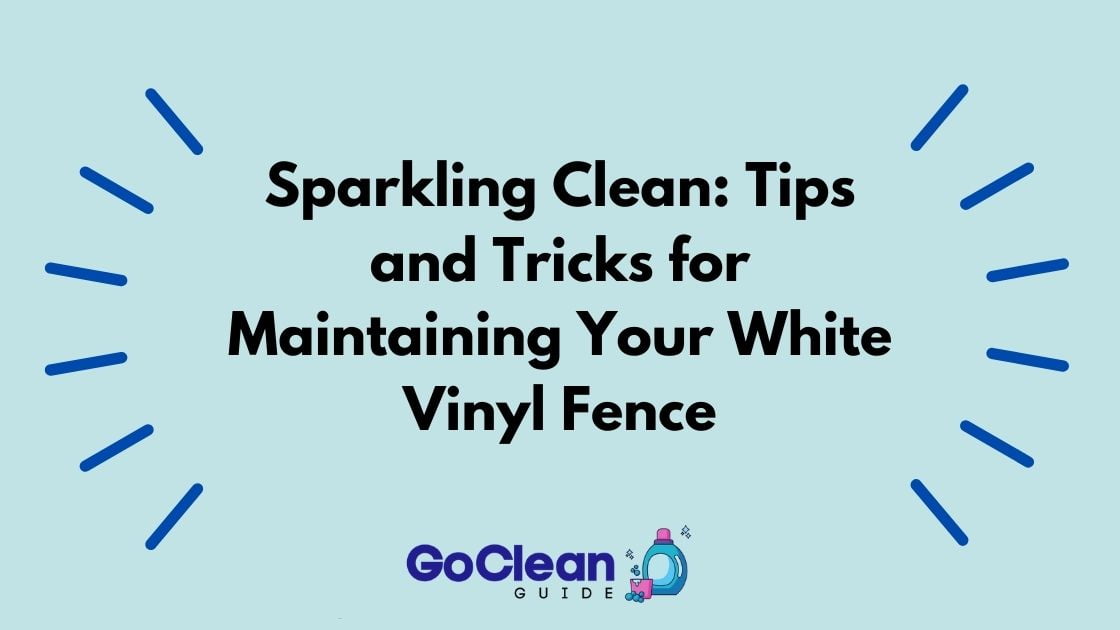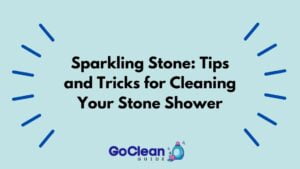Vinyl fences have become increasingly popular in recent years due to their numerous benefits. One of the main advantages of vinyl fences is their durability. Unlike wood fences, vinyl fences are not susceptible to rotting, warping, or cracking, making them a long-lasting option for homeowners. Additionally, vinyl fences require very little maintenance. They do not need to be painted or stained, and they can easily be cleaned with just soap and water. This low maintenance aspect is particularly appealing to homeowners who want a fence that will look great without requiring a lot of effort.
Another reason why vinyl fences are a popular choice is their versatility. Vinyl fences come in a variety of styles and colors, allowing homeowners to choose the option that best suits their aesthetic preferences and complements their property. One style of vinyl fence that has gained significant popularity is the white vinyl fence. White vinyl fences have a classic and timeless look that can enhance the curb appeal of any property. They provide a clean and crisp appearance that can make a property look more inviting and well-maintained.
Understanding the Cleaning Needs of White Vinyl Fences
While white vinyl fences are known for their low maintenance, they do require regular cleaning to maintain their appearance. Over time, dirt, dust, and other debris can accumulate on the surface of the fence, causing it to look dull and dirty. Additionally, white vinyl fences are prone to staining from substances such as grass clippings, oil, or rust.
To keep a white vinyl fence looking its best, it is important to understand the common types of dirt and stains that can accumulate on the surface. Dirt and dust can easily settle on the fence due to its smooth surface, especially if it is located near a busy road or construction site. Grass clippings can leave green stains on the fence if not promptly removed. Oil from machinery or vehicles can also leave unsightly stains on the fence. Rust can occur if metal objects, such as tools or furniture, come into contact with the fence and leave behind rust residue.
Preparing for Cleaning: Tools and Materials You’ll Need
Before cleaning a white vinyl fence, it is important to gather the necessary tools and materials. The tools needed for cleaning a white vinyl fence are relatively simple and can be found in most households. These include a hose with a spray nozzle, a bucket, a soft-bristled brush or sponge, and a ladder if necessary.
In terms of cleaning solutions, it is important to use gentle products that will not damage the vinyl fence. Harsh chemicals can cause discoloration or even weaken the structure of the fence. Instead, opt for mild soap or detergent mixed with water. This solution will effectively remove dirt and stains without causing any harm to the fence.
Step-by-Step Guide to Cleaning Your White Vinyl Fence
Cleaning a white vinyl fence is a straightforward process that can be done in a few simple steps. Start by wetting the entire fence with water using a hose with a spray nozzle. This will help loosen any dirt or debris that has accumulated on the surface. Next, fill a bucket with warm water and add a small amount of mild soap or detergent. Dip a soft-bristled brush or sponge into the soapy water and gently scrub the fence in small sections, working from top to bottom.
Pay extra attention to areas that are particularly dirty or stained. For stubborn stains, you may need to use a bit more elbow grease or try using baking soda or vinegar as natural cleaning agents. These substances can help break down tough stains without causing any damage to the vinyl fence.
After scrubbing the entire fence, rinse it thoroughly with clean water using the hose. This step is crucial to remove any soap residue that may be left behind. Soap residue can leave streaks or a film on the fence, making it look dull and unclean. Make sure to rinse the fence from top to bottom to ensure a thorough clean.
Dealing with Stubborn Stains and Discoloration
While regular cleaning can help prevent most stains and discoloration on a white vinyl fence, there may be instances where stubborn stains or discoloration occur. In these cases, there are a few additional steps you can take to remove them.
For grass stains, mix baking soda with water to create a paste. Apply the paste to the stained area and let it sit for a few minutes. Then, scrub the area gently with a soft-bristled brush or sponge. Rinse the area thoroughly with water to remove any residue.
For oil stains, try using vinegar as a natural cleaning agent. Apply vinegar directly to the stained area and let it sit for a few minutes. Then, scrub the area gently with a soft-bristled brush or sponge. Rinse the area thoroughly with water to remove any residue.
To prevent future staining and discoloration, it is important to promptly clean any spills or stains that occur on the fence. Regularly inspect the fence for any signs of damage or wear and tear, as these can also contribute to staining and discoloration.
Preventing Mold and Mildew Growth on Your Fence
Mold and mildew can be a common problem for vinyl fences, especially in areas with high humidity or frequent rain. These fungi can grow on the surface of the fence, causing it to look unsightly and potentially damaging its structure.
To prevent mold and mildew growth on your white vinyl fence, it is important to keep it clean and dry. Regularly remove any debris or organic matter that may accumulate on the fence, as these can provide a breeding ground for mold and mildew. Additionally, ensure that there is proper airflow around the fence by trimming any nearby vegetation or shrubs.
If mold or mildew does appear on the fence, it can be removed using a mixture of water and bleach. Mix one part bleach with four parts water and apply the solution to the affected areas using a sponge or soft-bristled brush. Let the solution sit for a few minutes, then scrub the area gently. Rinse the area thoroughly with water to remove any residue.
Tips for Maintaining Your Vinyl Fence’s Shine and Luster
To maintain the shine and luster of your white vinyl fence, there are a few additional steps you can take. One option is to use a UV protectant spray specifically designed for vinyl fences. This spray helps protect the fence from the damaging effects of the sun’s UV rays, which can cause fading and discoloration over time.
In addition to using a UV protectant spray, it is important to regularly inspect the fence for any signs of damage or wear and tear. Small scratches or chips in the vinyl can be repaired using a vinyl repair kit. These kits typically include a patch or adhesive that can be applied to the damaged area to restore its appearance.
To keep your white vinyl fence looking new for years to come, it is also important to avoid placing heavy objects against it or leaning on it. These actions can cause the fence to warp or bend, compromising its structural integrity.
How to Repair Small Damage and Scratches on Your Fence
Despite their durability, white vinyl fences can still sustain small damage and scratches over time. Fortunately, these issues can be easily repaired using a vinyl repair kit.
To repair small damage or scratches on your white vinyl fence, start by cleaning the damaged area with soap and water. This will ensure that there is no dirt or debris that could interfere with the repair process. Once the area is clean and dry, follow the instructions provided with the vinyl repair kit.
Most vinyl repair kits include a patch or adhesive that can be applied to the damaged area. Simply cut the patch to the appropriate size and shape, then apply it to the damaged area. Press firmly to ensure that it adheres properly. Allow the adhesive to dry completely before touching or applying any pressure to the repaired area.
To prevent damage to your white vinyl fence in the first place, it is important to avoid placing heavy objects against it or leaning on it. Additionally, be cautious when using gardening tools or other equipment near the fence to avoid accidentally scratching or damaging it.
Protecting Your Vinyl Fence from Harsh Weather Conditions
White vinyl fences are designed to withstand various weather conditions, but there are still steps you can take to protect them from extreme heat or cold.
During hot summer months, it is important to ensure that your white vinyl fence is not exposed to direct sunlight for prolonged periods of time. This can cause the vinyl to expand and potentially warp or bend. If possible, provide shade for the fence by planting trees or installing a shade sail.
In colder climates, it is important to prepare your white vinyl fence for winter weather. Before the first frost, thoroughly clean the fence using the steps outlined earlier in this article. This will remove any dirt or debris that could potentially freeze and cause damage to the fence. Additionally, inspect the fence for any signs of damage or wear and tear and make any necessary repairs before winter arrives.
Enjoying the Beauty and Durability of Your Sparkling White Vinyl Fence
In conclusion, white vinyl fences are a popular choice for homeowners due to their durability, low maintenance, and versatility. They can enhance the curb appeal of a property and provide a clean and crisp appearance that is timeless.
To keep your white vinyl fence looking its best, regular cleaning is necessary. Understanding the cleaning needs of white vinyl fences and using gentle cleaning solutions will help maintain their appearance and prevent staining and discoloration. Additionally, taking steps to prevent mold and mildew growth, maintaining the shine and luster of the fence, and repairing any small damage or scratches will ensure that your white vinyl fence remains beautiful and durable for years to come.
By following these tips and regularly maintaining your white vinyl fence, you can enjoy the beauty and durability of your sparkling white vinyl fence for many years to come.
FAQs
What is a white vinyl fence?
A white vinyl fence is a type of fence made from polyvinyl chloride (PVC) material that is designed to look like a traditional wooden fence but with the added benefits of being low-maintenance, durable, and resistant to weathering.
Why should I clean my white vinyl fence?
Cleaning your white vinyl fence is important to maintain its appearance and prevent the buildup of dirt, grime, and mildew. Regular cleaning can also help extend the lifespan of your fence.
What tools do I need to clean my white vinyl fence?
To clean your white vinyl fence, you will need a bucket, a soft-bristled brush, a garden hose, and a cleaning solution. You can use a commercial vinyl fence cleaner or make your own solution using household items like dish soap and water.
How do I clean my white vinyl fence?
To clean your white vinyl fence, start by wetting it down with a garden hose. Then, apply the cleaning solution to the fence and use the soft-bristled brush to scrub away any dirt or grime. Rinse the fence thoroughly with the garden hose and let it air dry.
How often should I clean my white vinyl fence?
The frequency of cleaning your white vinyl fence will depend on factors like the climate and the amount of dirt and debris in your area. As a general rule, it is recommended to clean your fence at least once a year, but you may need to clean it more often if you live in a particularly dusty or humid area.
Can I use a pressure washer to clean my white vinyl fence?
While pressure washing can be an effective way to clean a white vinyl fence, it is important to use caution as too much pressure can damage the fence. If you choose to use a pressure washer, be sure to use a low-pressure setting and keep the nozzle at least 12 inches away from the fence.






